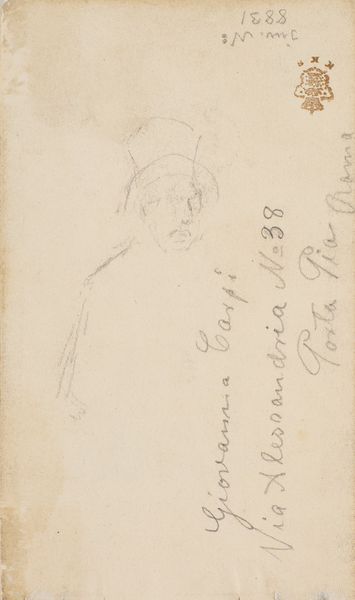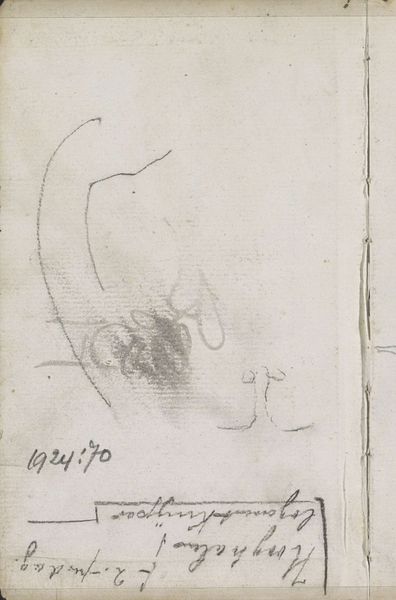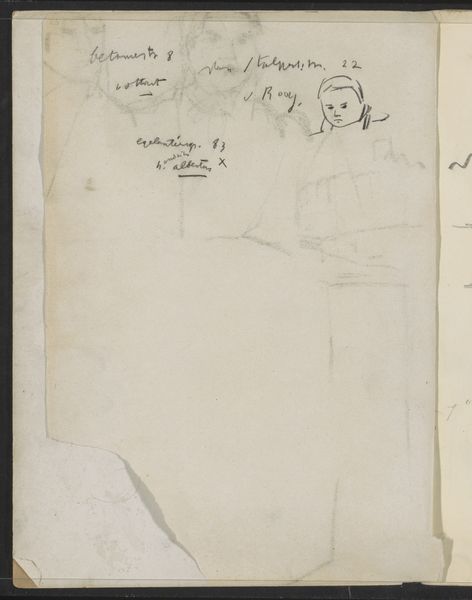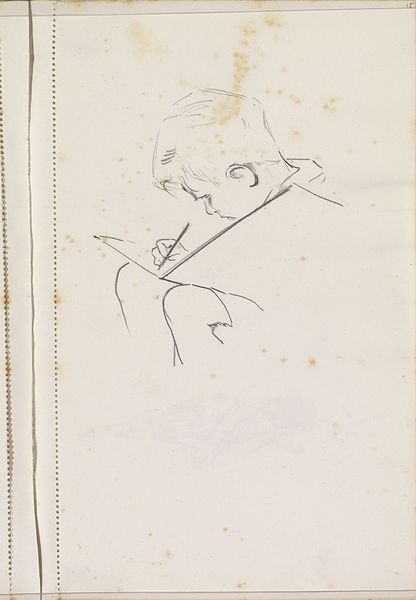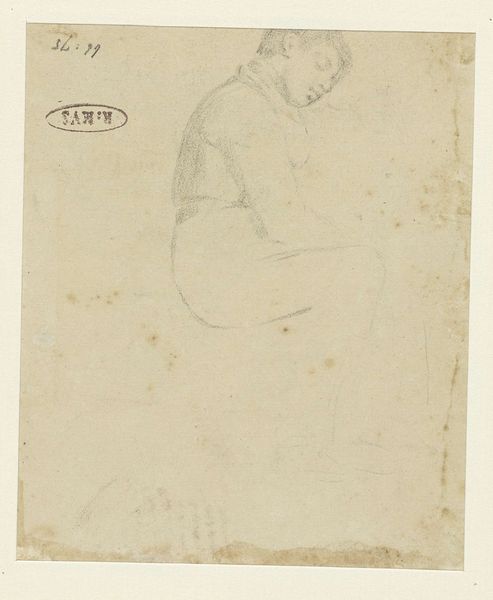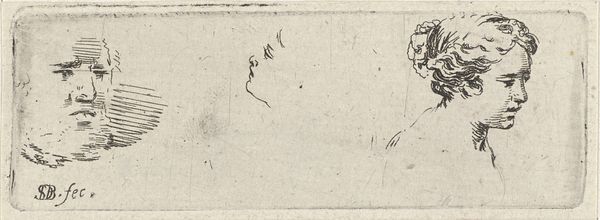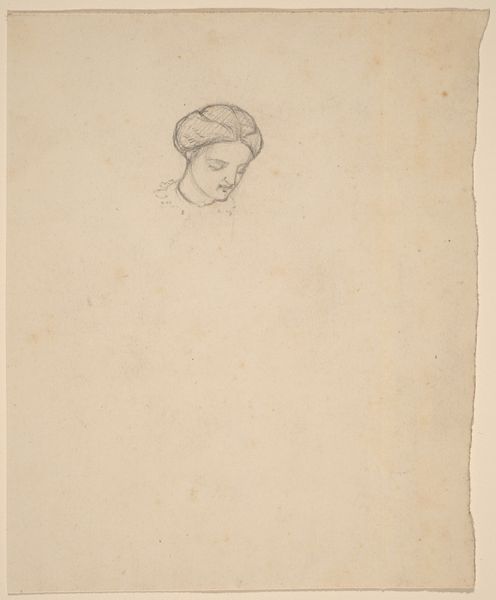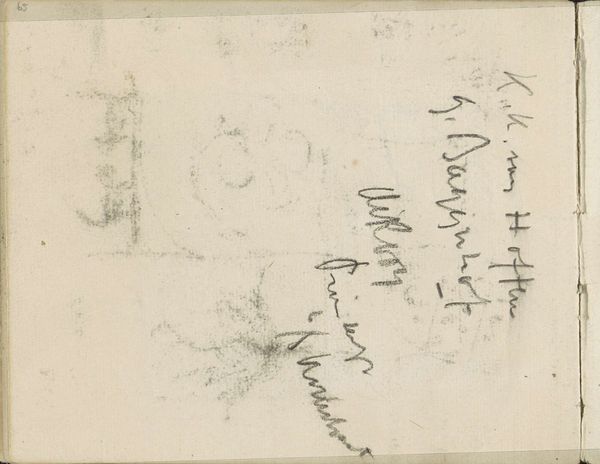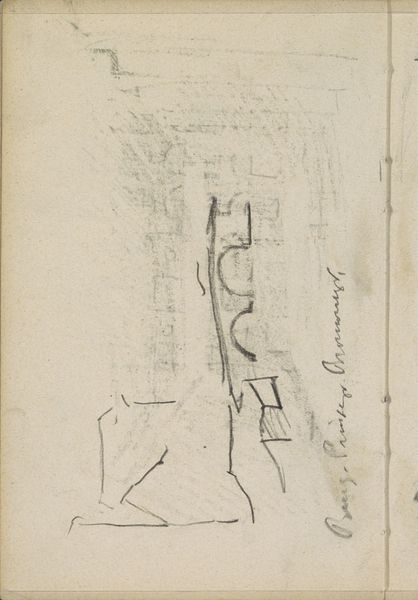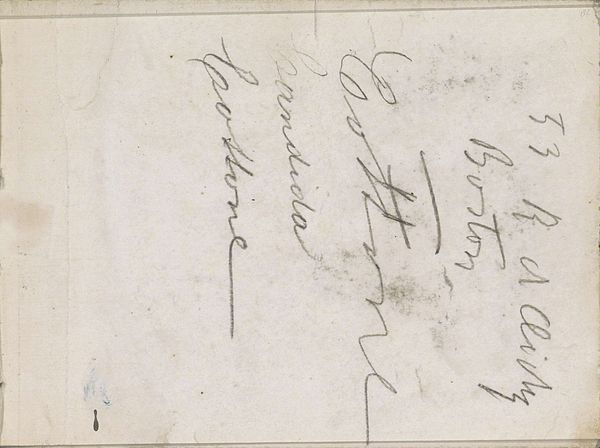
drawing, pencil
#
portrait
#
drawing
#
romanticism
#
pencil
#
academic-art
Dimensions: height 78 mm, width 62 mm
Copyright: Rijks Museum: Open Domain
Curator: Ernst Willem Jan Bagelaar created this pencil drawing, "Sketch for a Portrait of an Officer," sometime between 1785 and 1837. Editor: The first thing that strikes me is the delicate quality of the lines, and the roughness of the paper—you can see the tooth of it showing through, giving it an almost ghostly presence. Curator: Indeed. The Romantic era saw a heightened focus on individualism and emotional intensity, something frequently conveyed through portraiture, which then becomes a powerful arena to stage broader socio-political conversations about class, power, and masculine identity. Editor: I'm also interested in how Bagelaar's work embodies artistic labour itself. This sketch feels almost industrial. The way he applies line and shade reveals a mechanical, repeatable gesture like hatching or cross-hatching, where the pressure exerted with a pencil generates gradations of tone. Curator: Yes, and situating it in its historical context, portraiture in that period was frequently about conveying societal status. An officer signified military and, by extension, national power. Looking at the sitter from this vantage point helps me ponder issues of nationalism and military authority. Editor: I think the sketch reveals more. Consider that during this time there were shifts in how artistic work was taught and perceived. By emphasizing materiality and mechanical-like strokes of the pencil we see artistic methods move toward industrial and replicable means. I see this and understand why Bagelaar made these aesthetic decisions during a transition into machine production of the time. Curator: I concur that focusing on those elements encourages us to explore labor and industrial shifts. The artist might have subtly been probing at changes in male identity spurred by the rise of militarism during a turbulent political period. Editor: Ultimately, this exploration reminds us of how a simple sketch can hold material realities, revealing a whole artistic experience during periods of massive social and labor change. Curator: I think reflecting on all these ideas offers richer insights into art as mirrors of personal and larger power conflicts—a very poignant note as we consider identity, societal role, and the power relations these portraits could embody.
Comments
No comments
Be the first to comment and join the conversation on the ultimate creative platform.
